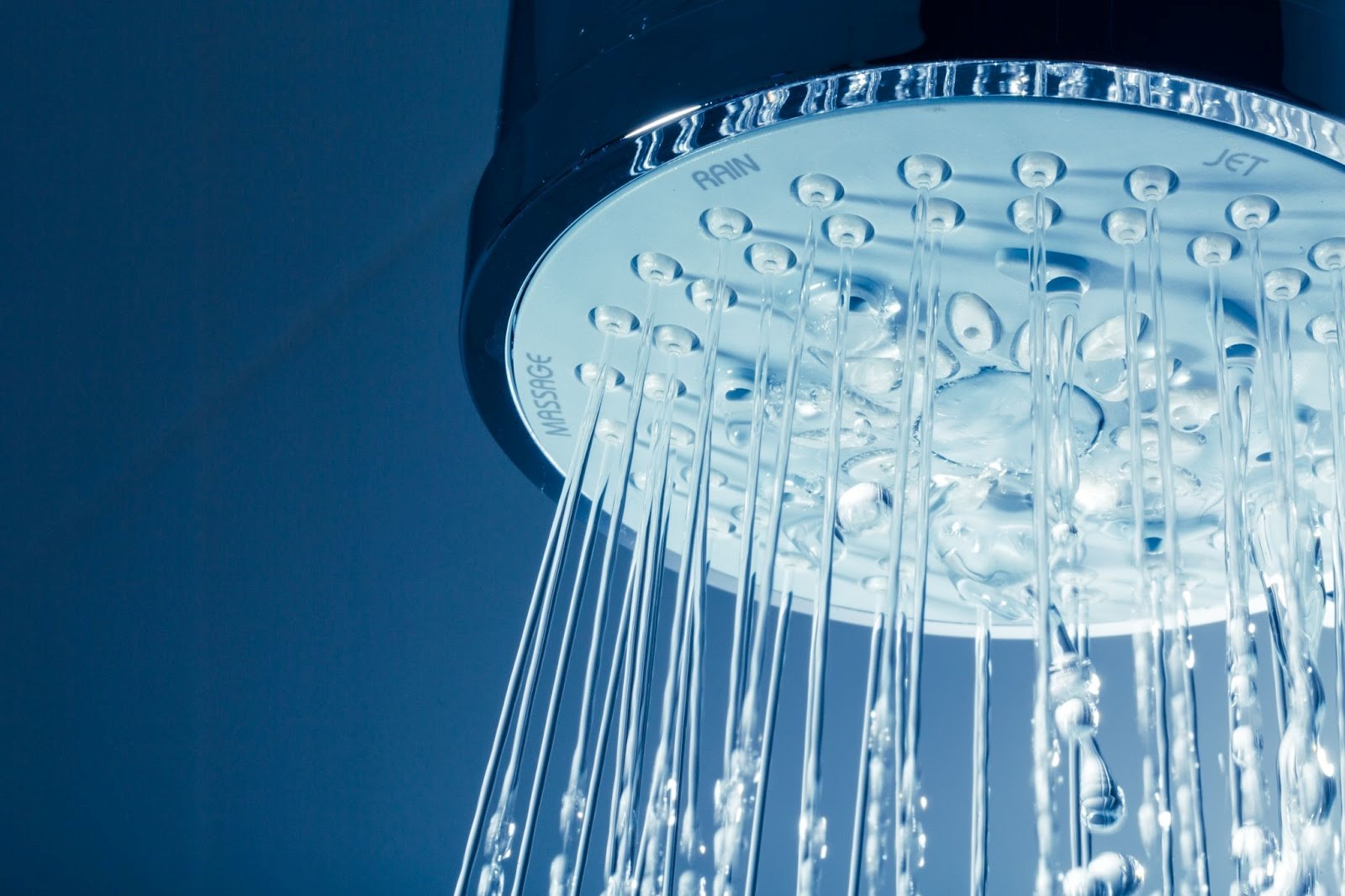Call us now
- Mon - Sat 7:00 - 16:30, Sunday - CLOSED
- sales@ezshowerrepairandtiling.com

What NOT to Do With a Leaking Shower
-
That’s roughly the number of times you enter your shower every year. Shower leaks are among the most common defects found by building inspectors in Australia, which isn’t surprising given the level of water exposure. With over 116 hours of water use annually, effective maintenance and timely repairs are essential.
But are you fixing it right? Before you grab that silicone gun or call the first repairman you find, let’s go over what not to do with a leaking shower to avoid common mistakes.
Shower Leaks: The 6 Mistakes Costing You a Lot
Some common errors that can lead to costly repairs are highlighted below. Read on to learn how to fix a leaking shower the right way.
1. Ignoring Early Warning Signs
One of the biggest mistakes homeowners make is delaying action on a leaking shower.
The Leaky Shower Timeline
When shower leaks are neglected, water damage follows a predictable pattern:
-
Weeks: Water penetrates small grout or sealant cracks, weakening waterproofing layers.
-
Months: Structural components like timber frames begin to rot, and mould grows in damp areas.
-
Year or More: Major upgrades may be needed, including floor repairs and even ceiling collapse.
Signs of a Leaking Shower
Watch out for these early signs:
-
Mould or mildew in corners and grout lines
-
Loose or broken tiles
-
Peeling paint or wallpaper near the bathroom
-
Persistent musty smells
-
Water stains on nearby walls or flooring
2. Band-Aid Fixes: Why Quick Repairs Can Backfire
When noticing a leak, many homeowners attempt quick fixes instead of addressing the root cause.
The Silicone Solution Myth
Applying silicone along tile joints or fixtures might slow the leak temporarily but won’t repair serious waterproofing issues. Improper use can trap moisture, causing further damage.
Skim Coating: A Temporary Fix
Applying a thin waterproofing layer over existing tiles (skim coating) may work in specific cases but often fails to address structural movement in your home, leading to recurring leaks.
3. Not Identifying the Real Source of Leaks
Visible damage often appears far from the actual source of the leak.
The Hidden Nature of Water Damage
Water travels the easiest path, so stains or mould may be metres away from the source. Professional leak detection tools like pressure testing and thermal imaging can pinpoint the exact problem.
Common Leak Sources
-
Failed waterproofing membranes under tiles
-
Weak grout lines
-
Poorly sealed shower drains
-
Cracks in shower bases or walls
4. Not Removing the Shower Screen
This critical mistake is often made by homeowners or repair services looking to cut costs.
Why Shower Screen Removal is Essential
Shower screens hide key areas where leaks often occur. Penetrations around mounting points and lower edges are common sites of water entry. Proper inspection and repair require removing the screen to access and address these areas.
5. DIY Shower Repair: Good Idea or Bad Idea?
While DIY projects can save money, they often lead to bigger problems if done incorrectly.
When DIY Works
Small issues like replacing showerheads or sealing external joints can be handled by homeowners.
When to Call a Professional
-
Water penetration into walls or floors
-
Failed waterproofing
-
Structural repairs
Professionals ensure compliance with Australian building codes and use the right materials for long-lasting results.
6. Having Unrealistic Expectations
Hoping for a quick, cheap fix can lead to disappointment and frequent repairs.
The Reality of Shower Repairs
Shower leaks left unaddressed for years often require complete rebuilds to fix hidden damage. While costly upfront, professional repairs with warranties save money in the long term.
Final Thoughts: Fixing a Leaking Shower the Right Way
To fix a leaking shower properly:
-
Start with professional leak detection to identify the real source of water penetration.
-
Take action early to avoid extensive and costly repairs.
-
Regularly check grout lines and seals to prevent leaks before they escalate.
When selecting a repair service, trust specialists like EZ Shower Repair and Tiling. They provide accurate leak detection, expert repairs, and workmanship warranties, ensuring a functional, waterproof bathroom for years to come.

Leave A Comment